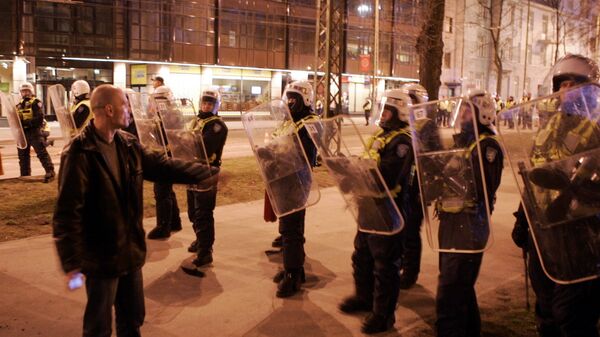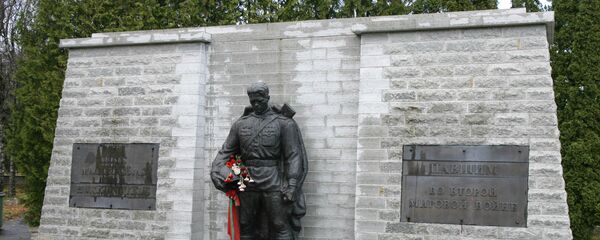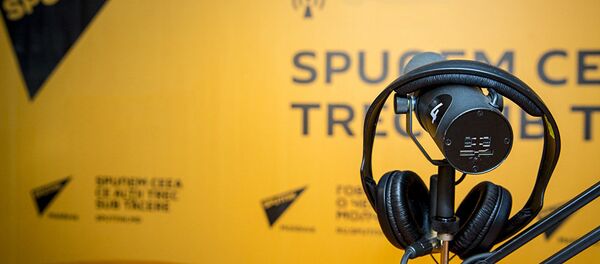Сегодня в Таллине ничего не напоминает о событиях десятилетней давности, связанных с ночным решением премьера Андруса Ансипа о демонтаже памятника советскому Воину-Освободителю на холме святого Антония. Цунами насилия ночи на 27 апреля 2007 года парадоксально сделала Эстонию безопаснее – но через подобные уроки толерантности никому не пожелаешь пройти.
Половина жителей Таллина сегодня говорит на своем родном русском языке, а в таких спальных микрорайонах, застроенных девятиэтажными панельными кварталами, как жилмассивы Ласнамяэ, русский знают все. В эстонских муниципалитетах почти везде общаются с русскими жителями тоже на родном языке – к национальным меньшинствам в Эстонии чиновники относятся подчеркнуто заботливо, чего не увидишь в соседних республиках.
Слава толерантности
На улочках возле Ратушной площади Вана Таллина вообще царит вавилонское смешение языков и акцентов, и английский употребляется там лишь формально — это удобный инструмент коммерческого коммуницирования. Например, музыкальный критик Артем Троицкий, давно обжившийся с семьей в Эстонии, язык новой родины не выучил – в демократической среде ему хватает и двуязычия.
Пускай – Алеша! Хотя из официальных данных известно, что моделями для статуи Воина-освободителя стали несколько разных красноармейцев, а лицо – сержанта 8-го Эстонского стрелкового корпуса корпуса Велло Раянгу, кавалера двух орденов Красной Звезды. В послевоенной ЭССР он стал студентом скульптора Академии художеств Энна Рооса, автора Бронзового солдата. Я помню этот монумент еще на его историческом месте, почти в центре города. В мозаике дорожек сквера, среди клумб и зелени на фоне Вана Таллина – простая грубая стена из камня с фигурой из бронзы.
Война на солдатских костях
Увы, большая часть постсоветской истории Эстонии и Таллина писалась вокруг Бронзового солдата не всегда достойно. Три года спустя после освобождения столицы это был монумент воинам Советской армии, погибшим при освобождении Таллина 22 сентября 1944 года.
После выхода ЭССР из состава Советского Союза погасили Вечный огонь у подножия памятника. Статую советскому солдату оскверняли, обливали краской, украли бронзовые плиты солдатских надгробий, на братской могиле был разбит газон. Эстонские националисты приходили на холм Тынисмяги не реже, чем требовали у властей убрать "символ оккупации" – память людей коротка, избирательна и очень расчетлива.
В ходе предвыборной кампании Ансип, чья Партия реформ имела непроходной рейтинг, обещал убрать из центра города памятник Воину-Освободителю. Обещание свое политик сдержал. 27 апреля на холме святого Антония появился белый шатер, закрывший Бронзового солдата.
Начались демонтажные работы, что вызвало большие протесты среди населения, взволновав даже самые аполитичные круги жителей, не знакомых с историей Второй мировой войны и хрониками местного коллаборационизма. Вроде "решения еврейского вопроса" руками шуцманов и 3-й эстонской добровольческой бригады СС, преступлений "Омакайтсе" и ландесдиректора "Эстонского самоуправления" в составе рейхскомиссариата Остланд Хяльмара Мяэ – местного Петена, до которого не добрались руки эстонского сопротивления.
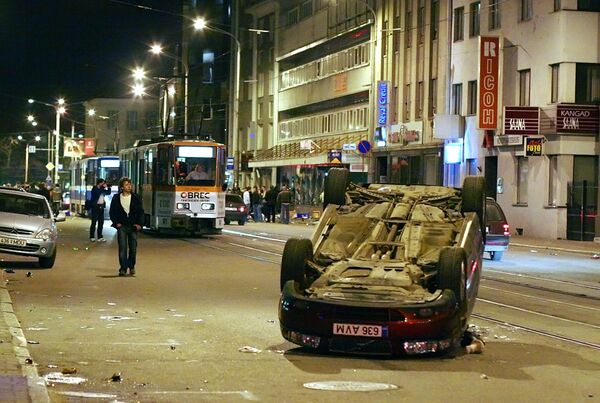
Избиение на холме святого Антония
Вплоть до апреля 2007 года эстонский национализм, поддержанный главой правительства Ансипом, был намного сильнее, беспощаднее и отвратительнее, например, чем уже вошедший в Европе в притчу латвийский. Так, дети могут оказаться безжалостней самого страшного серийного убийцы, если лишатся примеров добра и нравственных ориентиров – а молодые республики, чем не малые дети?
26 апреля Вана Таллин кипел от ультрас, скинхедов, байкеров и гиков, призывающих на эстонском к избиению защитников Бронзового солдата – кстати, не только русских, но и эстонцев. Жители преимущественно русских Нарвы, Кохтла-Ярве и Иду-Вирумаа приехали в Таллин, чтобы защитить памятник и братскую могилу от осквернения.


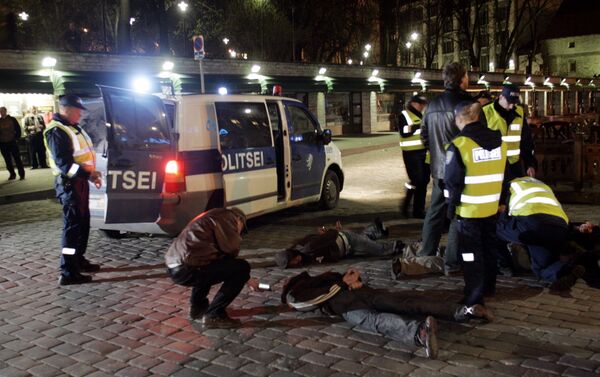
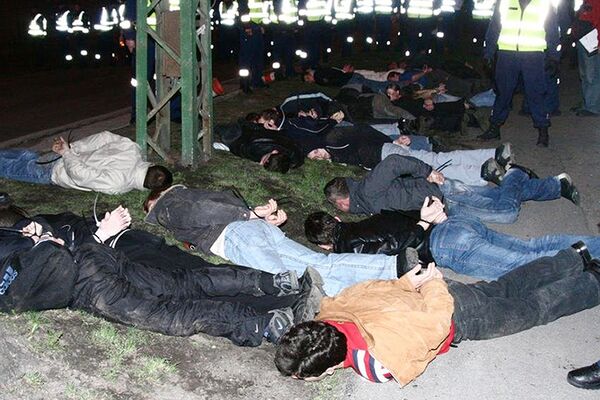
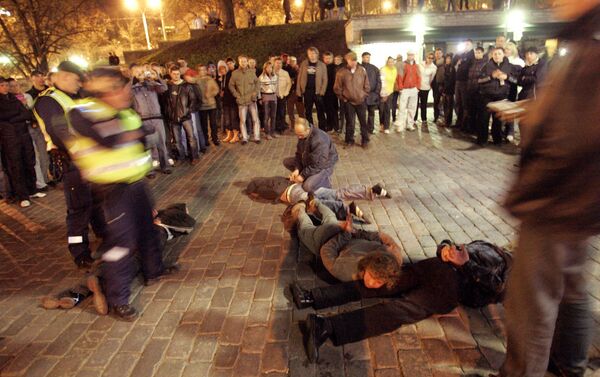
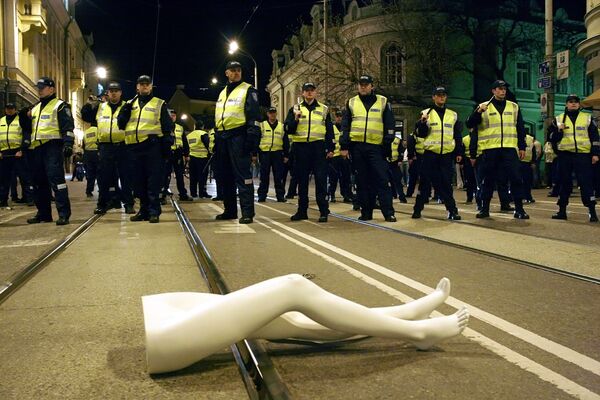
Теряя контроль над ситуацией, Ансип ночью санкционировал применение жестких полицейских мер, но было поздно – появились первые жертвы среди мирного населения. Одним из них стал раненный ножом возле бара Woodstock гражданин России Дмитрий Ганин, участник протеста. Он умер в больнице, пролежав на улице с тяжелым ранением полтора часа.
Та ночь в Таллине, с драками, толпами пьяных людей, с погромами магазинов, битьем витрин и прочими проявлениями уже абсолютно стихийного и неуправляемого бунта стала самым сложным вызовом эстонской демократии. Ночью было ранено 57 человек, днем и вечером 27 апреля беспорядки возобновились, число митингующих достигло 2 тысяч человек.
Полиция с растущим ожесточением применяла стеки и слезоточивый газ, задерживали и русских, и иностранцев – всех. Временно арестовано было более 600 человек, количество пострадавших достигло 153, а протесты в такой форме, которую мы видели три года с лишним назад на киевской площади Независимости, начали возникать в Нарве, Тарту и других эстонских городах. В последующие дни были арестованы лидеры защитников памятника, позже оправданные за отсутствием состава преступления. Во многих городах осквернены монументы павшим в Великой Отечественной войне при освобождении Эстонии.
Что потом, наутро 28 апреля? Протрезвление и неизбежный абстинентный синдром. Задержанных начали отпускать. Полиции стало чуть меньше, взгляды у всех не такие собачьи. Булыжные улицы Старого города очистили от стекла разбитых витрин, крови и грязи.
Андрус Ансип и руководство МВД отчитывались перед обществом о чрезвычайной ситуации. А люди, сами жители, неважно, какой нации и социальной принадлежности, стыдливо замыкались в себе. Эстонский характер вообще предельно закрыт – всё пряча по своим домам и квартирам. Но что случилось в ту "Бронзовую ночь", когда таллинские студенты и школьники плечом к плечу с панками и менеджерами низшего и среднего звена кричали "Хайль Гитлер!" в центре эстонской столицы, а напротив них из толпы звучали призывы "Сталин, Москва, Россия!", мне сложно объяснить, да и не хочется.
Nota bene для реваншистов
"Бронзовая ночь" сделала Эстонию другой – так Париж однажды проснулся в уже другой Пятой республике после Студенческой революции, так Украина ушла за точку невозврата, когда в Киеве "коктейлем Молотова" был сожжен первый автобус полицейских из "Беркута".
Тот бунт для эстонцев оказался главным шагом к уважению друг к другу вне зависимости от родного языка и этнической аутоидентификации. Освоившийся в Брюсселе в должности еврокомиссара по онлайн-Европе бывший премьер Андрус Ансип теперь также более оптимистичен и благостен. Да, эстонцы до сих пор очень сожалеют о позоре "Бронзовой ночи", ставшей слишком дорогим уроком развития общества. И вчера на Таллинском кладбище у монумента Воину-Освободителю было много людей, свечей и цветов, потому что воинский подвиг и память павшим все еще чтят в тихой Эстонии.
